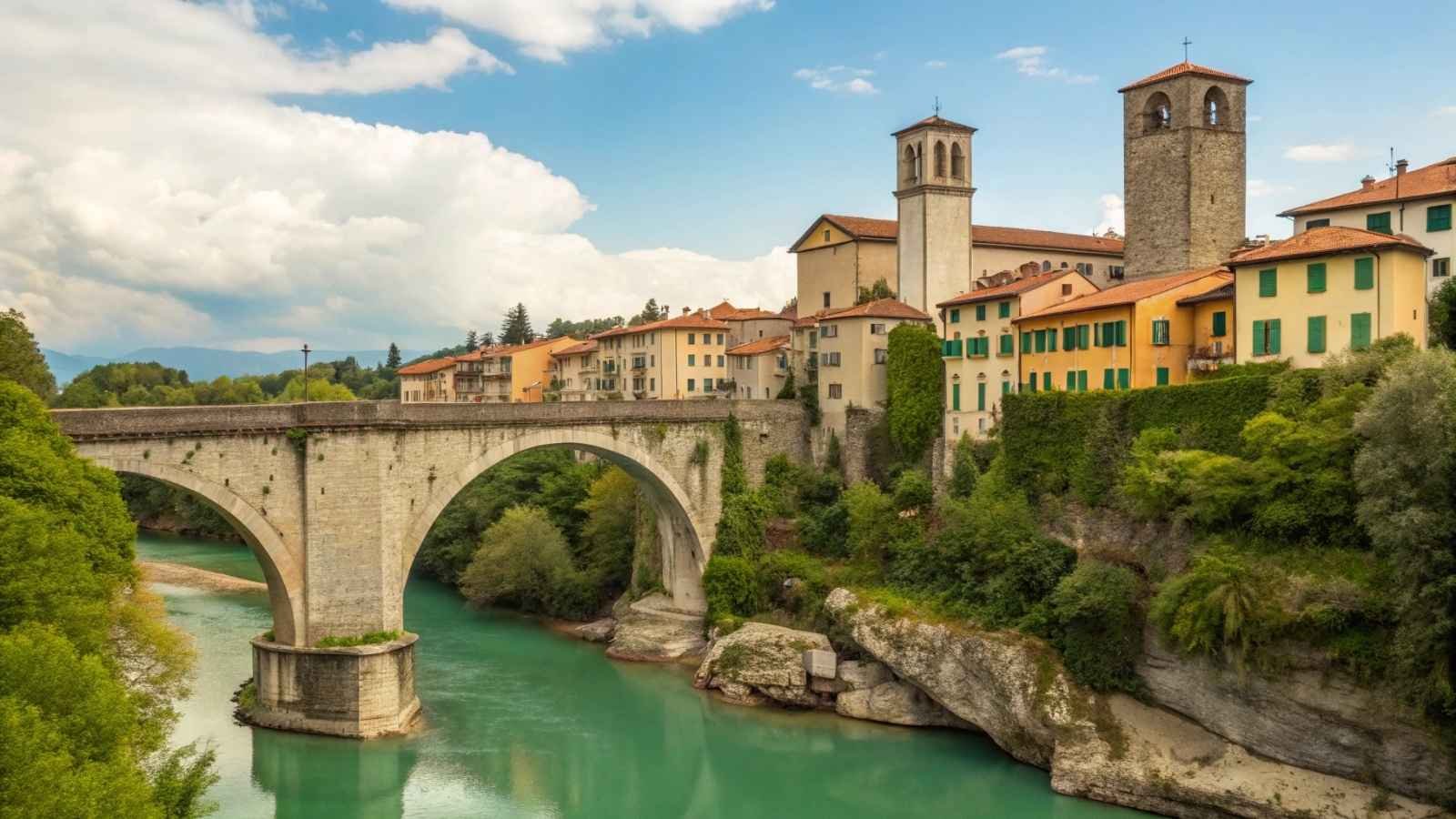
There’s a certain part of Italy everyone rushes to, lured by glossy magazines and overpriced wine tours, but the truth is—what’s marketed as “authentic” often feels staged.
Beyond the crowds and inflated menus lies a richer Italy, one that whispers its stories through crumbling hilltop villages, quiet coastlines, and meals cooked with recipes guarded for generations.
It’s here where life slows down, traditions breathe freely, and beauty feels unfiltered. If you’ve been craving something deeper than tourist traps and curated experiences, these regions are where Italy’s soul reveals itself in the most unforgettable ways.
1. Umbria
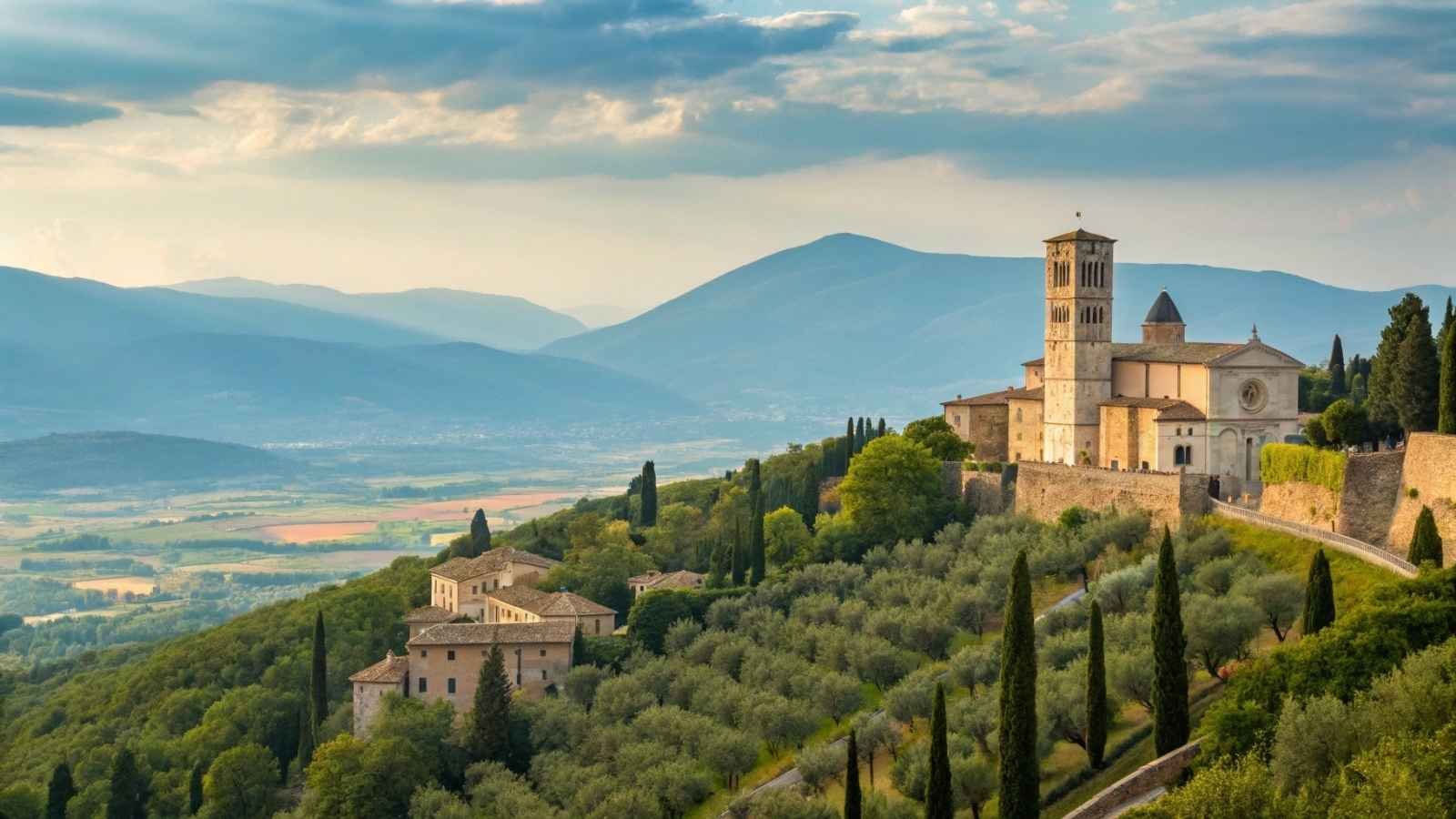
Umbria is often called the “green heart of Italy”, and it feels like stepping into a countryside that has stayed true to its roots. Unlike Tuscany’s polished estates and pricey wine tours, Umbria holds onto its rustic charm with rolling hills, medieval hilltop towns, and vineyards that feel like they belong to families rather than corporations. Walking through Perugia or Assisi, you notice how life moves more slowly, and traditions feel more authentic.
What makes Umbria truly stand out is its sense of intimacy. Villages are small, locals are warm, and there’s a feeling of community in everything from food festivals to olive harvests. Truffle hunting in Norcia, or sipping wine in Montefalco without a hefty price tag, shows you how deeply food and culture are tied to the land. It’s about being welcomed into something personal rather than commercialized.
If Tuscany feels like a luxury showroom, Umbria feels like the kitchen of a friend’s farmhouse—unpolished but soulful. For many, that’s the kind of authenticity travel is really about.
- Best Months to Visit: May–June, September–October (mild weather, harvest season)
- Top Experiences: Truffle hunting in Norcia, wine in Montefalco, Assisi’s basilica, olive oil tastings
- Cuisine Highlights: Black truffles, wild boar ragu, lentils from Castelluccio
- Vibe: Rustic, welcoming, untouched by mass tourism
2. Puglia
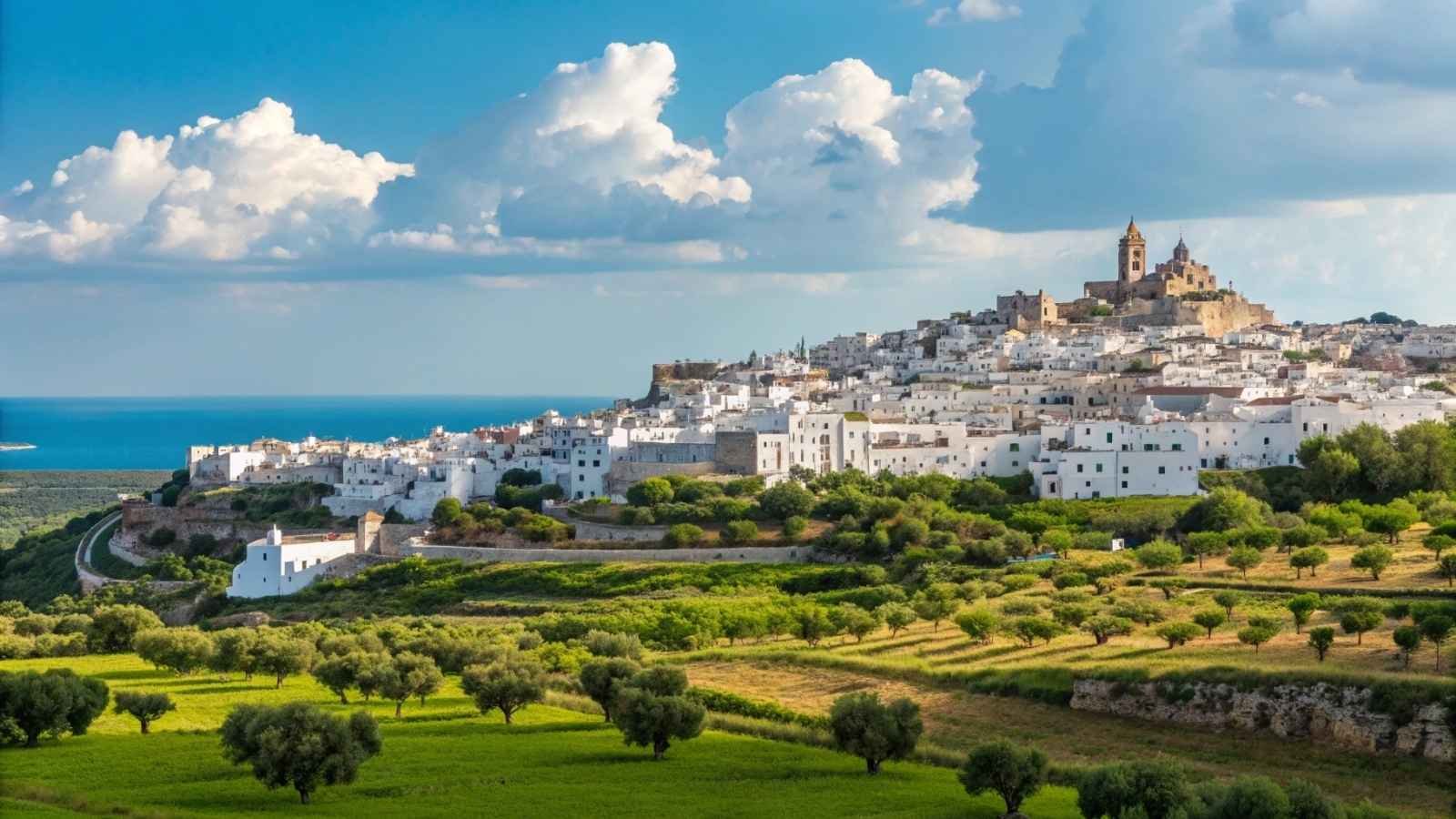
Down in Italy’s heel, Puglia offers a raw Mediterranean beauty that feels miles away from Tuscany’s polished hills. Here, you’ll find endless olive groves, whitewashed towns, and turquoise coastlines where life revolves around the sea. The Adriatic beaches are breathtaking, but what makes Puglia unforgettable is the way old traditions still shape daily life.
In towns like Alberobello, with its fairytale trulli houses, or Lecce, with its ornate baroque architecture, you’ll notice a slower rhythm. Meals stretch for hours, and food is treated like a family celebration. Fresh orecchiette pasta served with turnip greens or seafood just pulled from the water—it’s all about simplicity and flavor, not pretense.
Unlike Tuscany, where wine tours dominate, Puglia’s focus feels more honest and grounded. Here, you’ll drink bold reds or crisp rosés with fishermen, farmers, or locals at festivals rather than in curated tasting rooms. It’s about community, and that’s what makes Puglia shine.
- Best Months to Visit: May–June, September (for beach weather without summer crowds)
- Top Experiences: Trulli in Alberobello, baroque Lecce, beaches in Polignano a Mare
- Cuisine Highlights: Orecchiette pasta, burrata cheese, seafood platters
- Vibe: Coastal, sun-drenched, full of tradition
3. Sicily
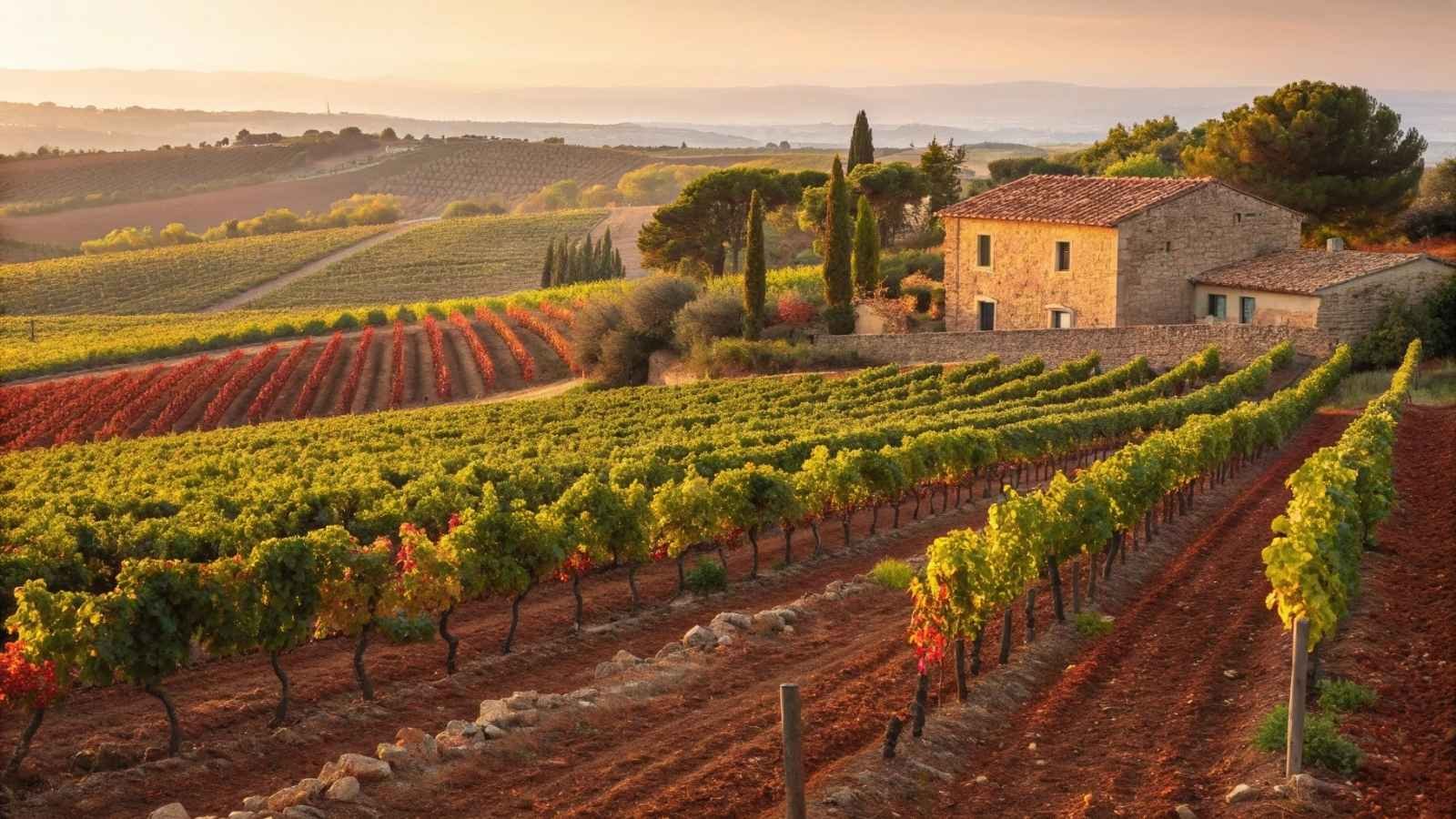
Sicily feels like a world within Italy—a place where cultures, flavors, and landscapes collide most dramatically. One day you’re climbing Mount Etna, Europe’s most active volcano, and the next, you’re strolling through Palermo’s chaotic markets. The region’s history is layered—Greek temples, Arab influences, Norman cathedrals—and that mix gives Sicily a richness Tuscany can’t quite match.
Food in Sicily is its own adventure. Cannoli, arancini, granita, swordfish—all tied to the island’s varied history. And unlike Tuscany’s high-priced wineries, Sicily’s vineyards, especially around Mount Etna, are producing wines that feel bold, experimental, and unpretentious.
What really makes Sicily unforgettable is its contrasts. The beaches near Taormina sparkle with turquoise waters, while inland villages cling to mountain cliffs. It’s chaotic yet deeply soulful, and for those who want authenticity, Sicily doesn’t curate—it gives you everything raw and real.
- Best Months to Visit: April–June, September–October (less heat, fewer crowds)
- Top Experiences: Mount Etna, Valley of the Temples, Palermo’s street food, Taormina’s coastline
- Cuisine Highlights: Arancini, cannoli, pasta alla norma, Etna wines
- Vibe: Vibrant, layered, full of energy
4. Le Marche
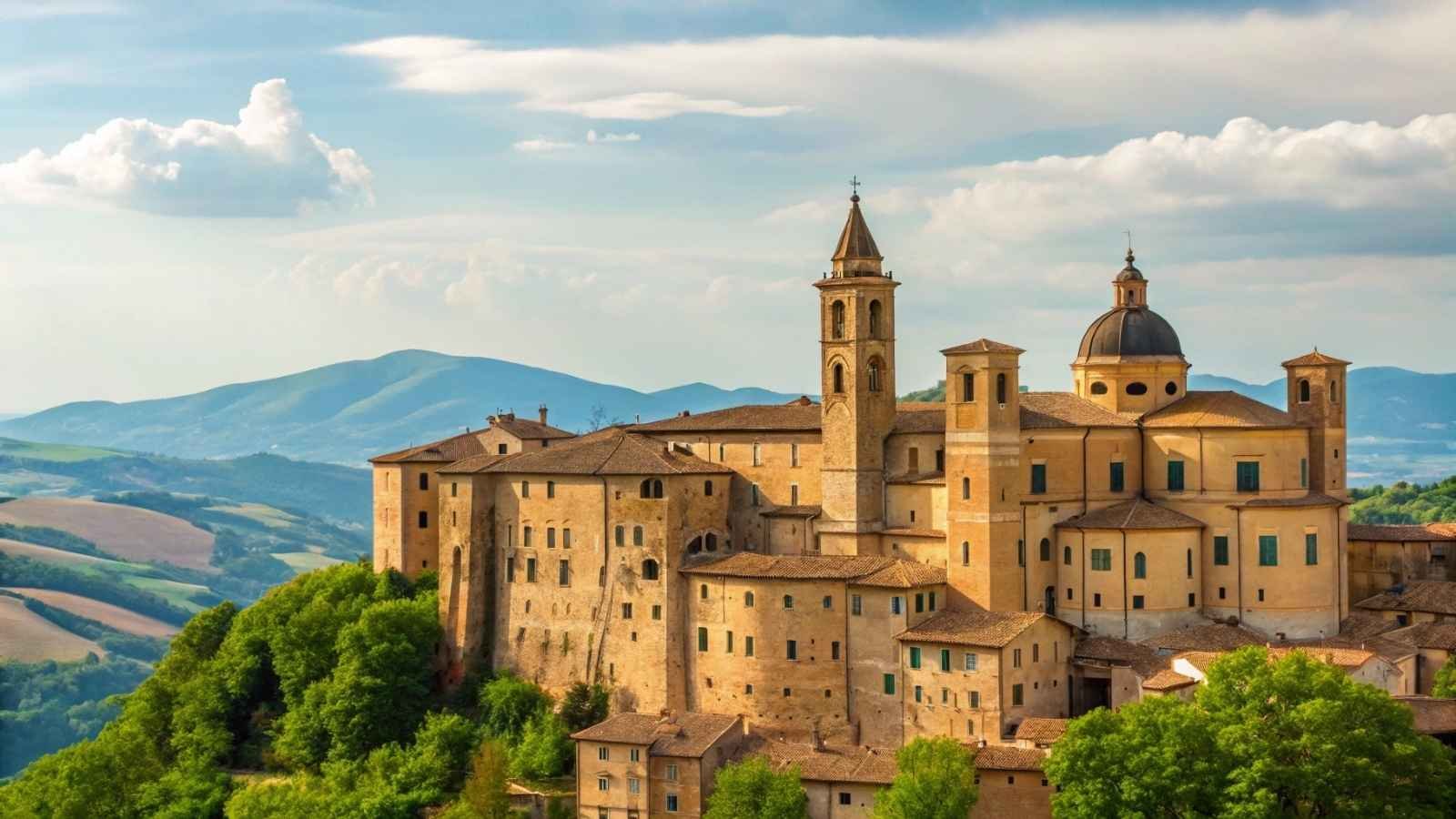
Le Marche is often overlooked, which is exactly why it feels so refreshingly authentic. Sitting east of Tuscany, between the Apennine mountains and the Adriatic Sea, this region offers the same rolling hills and vineyards without the inflated price tag or tourist crowds. Towns like Urbino and Ascoli Piceno still feel lived-in, not curated for outsiders.
What’s special about Le Marche is the balance—you can hike in the Sibillini mountains in the morning and have dinner by the Adriatic coast in the evening. The landscape changes quickly, and with it, so does the food. One area might be serving truffle-rich dishes, while another offers seafood stews. It’s variety without pretense.
Compared to Tuscany’s grandeur, Le Marche feels more accessible and genuine. Locals welcome visitors with curiosity, not exhaustion, and festivals feel designed for themselves first, guests second. That’s what gives it soul.
- Best Months to Visit: May–July, September (beaches and countryside both at their best)
- Top Experiences: Renaissance Urbino, Sibillini mountains, Adriatic beaches
- Cuisine Highlights: Olive ascolane (stuffed fried olives), vincisgrassi lasagna, seafood brodetto
- Vibe: Balanced, versatile, off-the-radar
5. Abruzzo
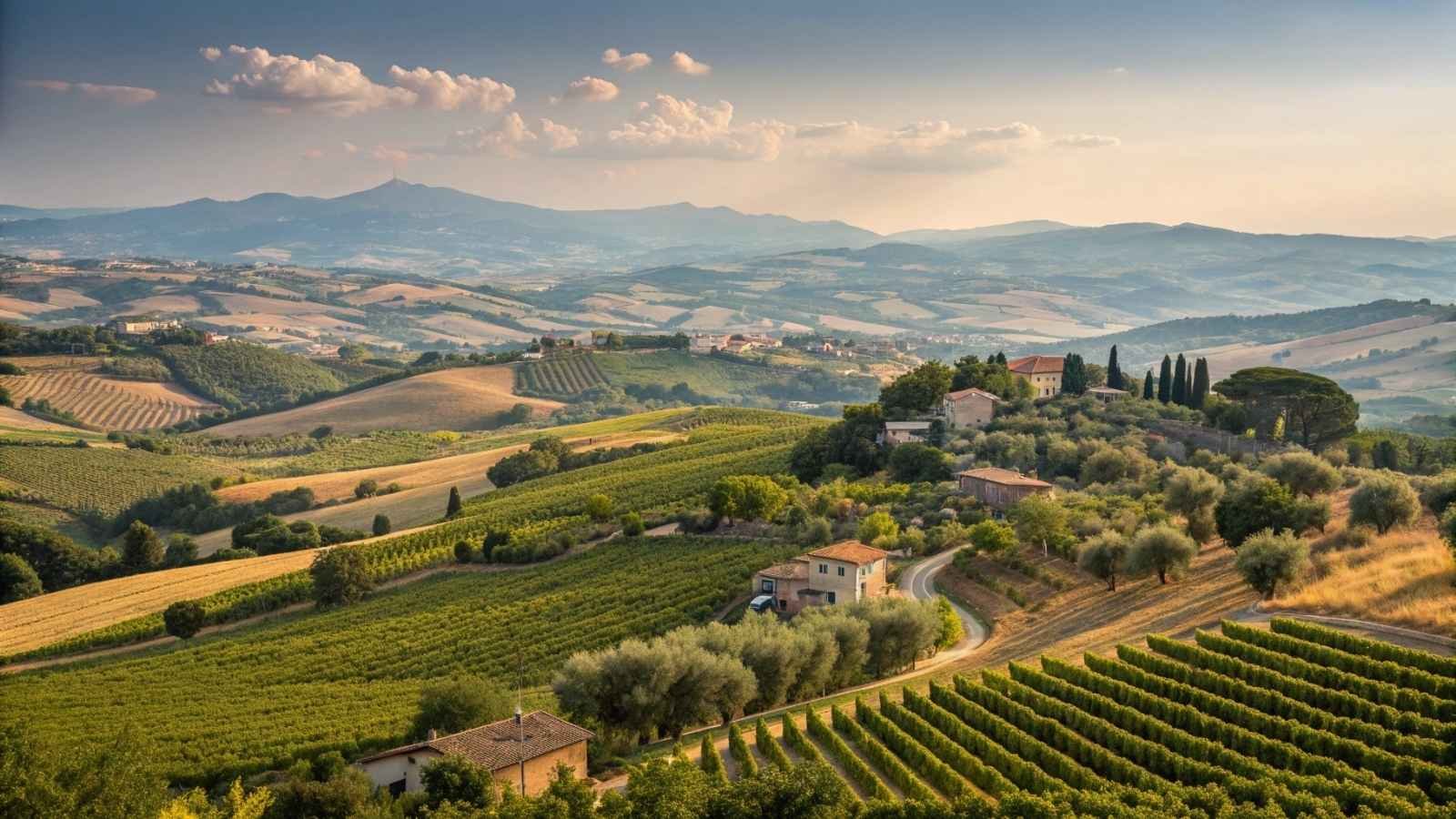
Abruzzo may be one of Italy’s best-kept secrets. This region combines rugged mountains, medieval villages, and pristine coastline in a way that feels raw and untamed. While Tuscany can feel staged, Abruzzo feels like nature calling you back to something primal. National parks dominate the landscape, making it a dream for hikers, cyclists, and anyone craving wilderness.
But Abruzzo isn’t just about the outdoors. Its towns, like Sulmona and L’Aquila, are full of history and warmth. The food here reflects the mountains—heartier dishes like saffron risotto, lamb skewers, and pecorino cheese. And yet, within an hour’s drive, you can switch to Adriatic seafood along the coast.
It’s this diversity and lack of pretense that make Abruzzo stand out. There’s no performance for tourists, just locals living the same way they have for generations. For travelers who crave authenticity, this is gold.
- Best Months to Visit: May–June, September–October (best for hiking and coastal visits)
- Top Experiences: Gran Sasso mountains, medieval Sulmona, Trabocchi coast
- Cuisine Highlights: Arrosticini (lamb skewers), saffron dishes, pecorino cheese
- Vibe: Rugged, adventurous, unfiltered
6. Basilicata
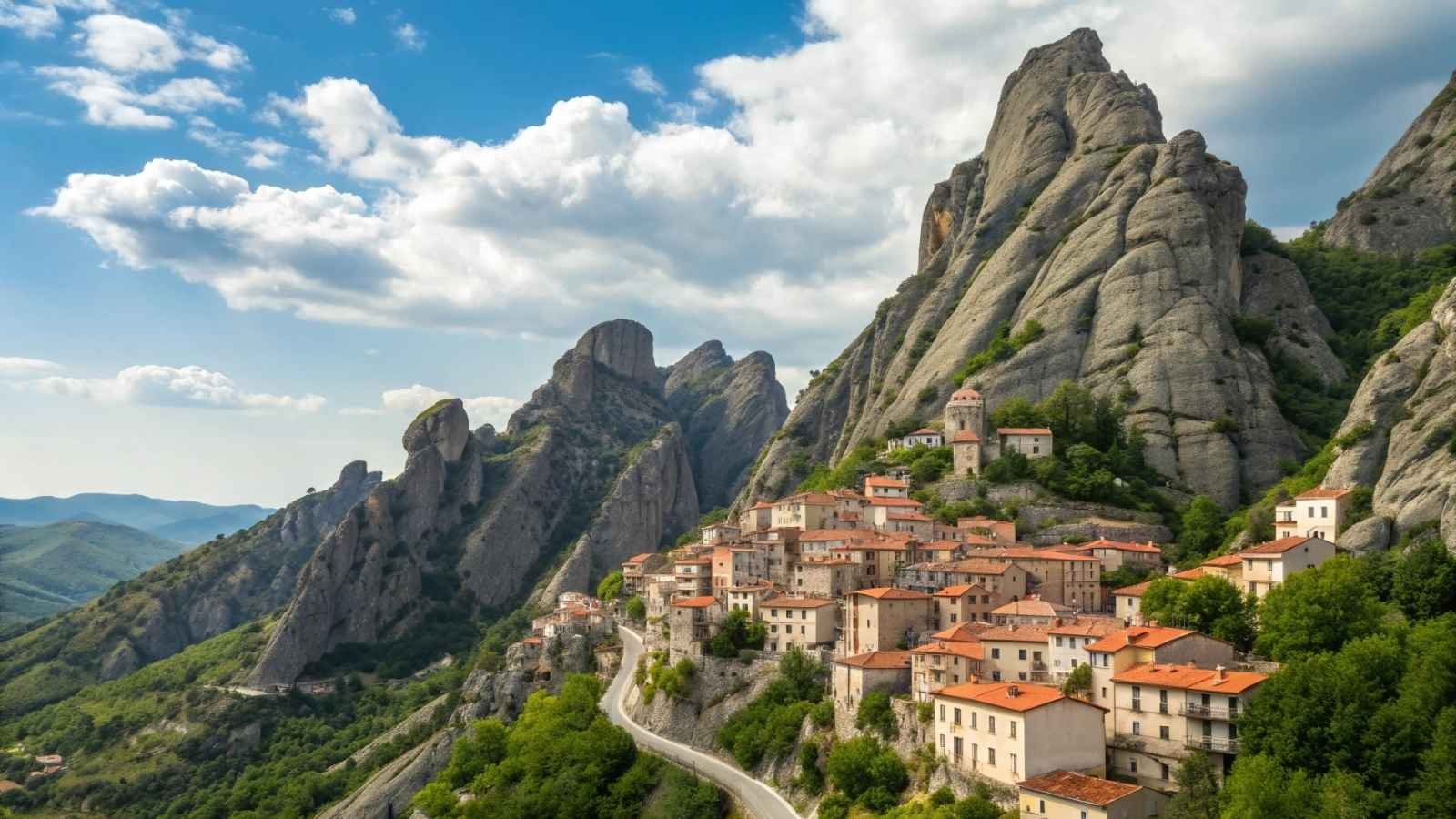
Basilicata is where you go when you want Italy to surprise you. This southern region is home to Matera, a city carved from rock and one of the oldest continuously inhabited places in the world. Walking through its stone “sassi” caves feels like stepping back thousands of years, yet the city buzzes with life in its piazzas and trattorias.
Beyond Matera, Basilicata offers rugged landscapes—mountain villages, wild forests, and untouched coastlines on the Tyrrhenian Sea. It’s quiet, even mysterious, a region where mass tourism hasn’t really landed. That’s part of its charm—you feel like you’ve uncovered a secret.
- Best Months to Visit: April–June, September–October
- Top Experiences: Matera’s cave dwellings, Pollino National Park, Tyrrhenian coastline
- Cuisine Highlights: Lucanian sausage, pepperoni cruschi (crispy peppers), hearty breads
- Vibe: Ancient, raw, full of discovery
7. Calabria
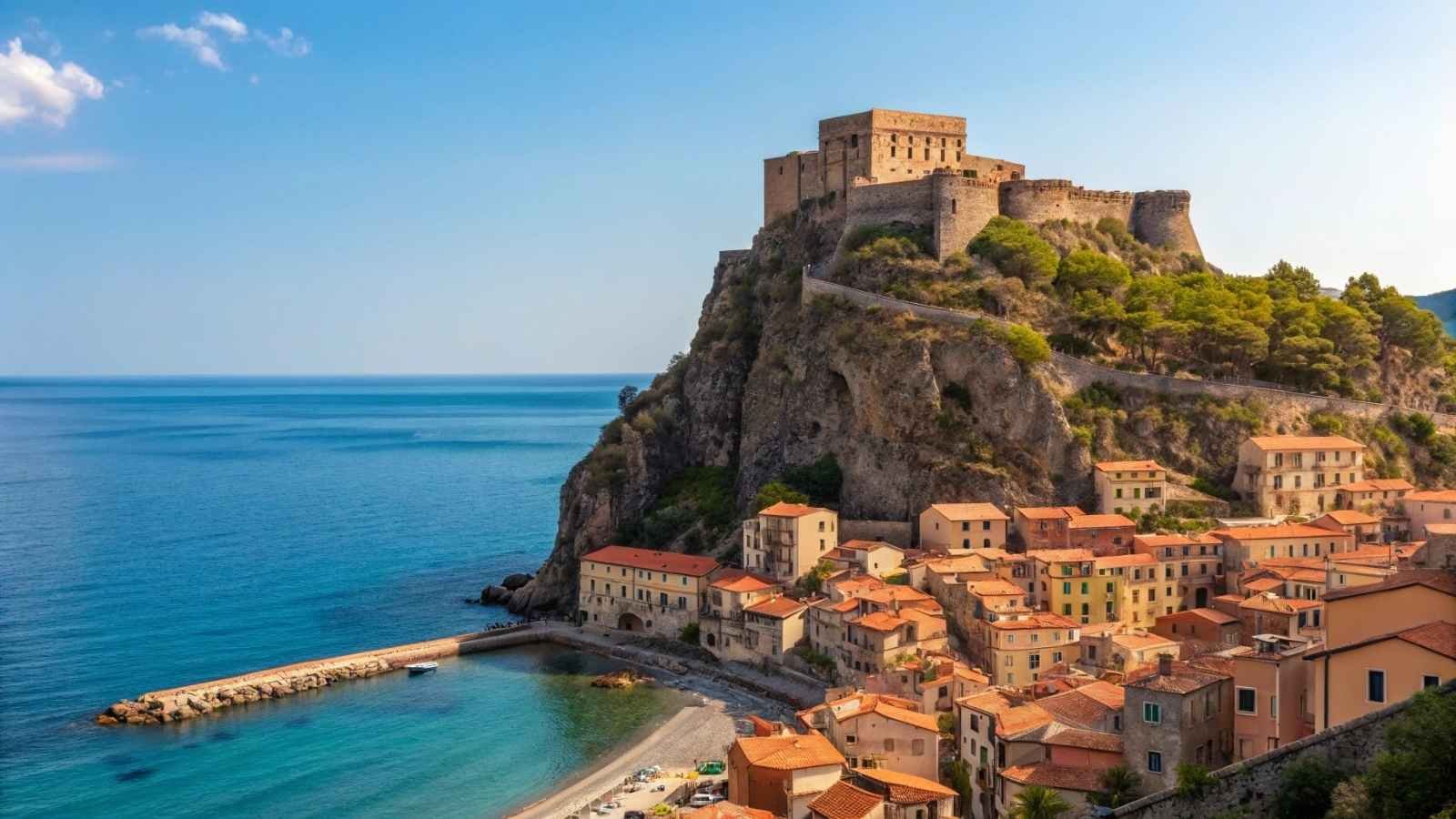
Calabria, sitting at the very tip of Italy’s boot, is where Italy feels wild and untamed. This region stretches between two seas—the Tyrrhenian and the Ionian—giving it endless coastlines and some of the country’s most striking beaches. Tropea, with its cliffside views and turquoise water, is often called Italy’s “coast of the gods,” and it’s easy to see why.
Yet Calabria isn’t just beaches. Inland, mountains rise dramatically, with villages tucked into hillsides where traditions have hardly changed. The food reflects this duality—spicy nduja sausage, seafood pastas, and rustic mountain stews. Calabria is for travelers who want Italy without filters, raw and full of contrasts.
- Best Months to Visit: May–June, September (beaches without peak-season crowds)
- Top Experiences: Tropea, Aspromonte National Park, Riace Bronzes in Reggio Calabria
- Cuisine Highlights: Nduja sausage, swordfish, bergamot citrus
- Vibe: Coastal drama, fiery flavors, off-the-map feel
8. Trentino-Alto Adige
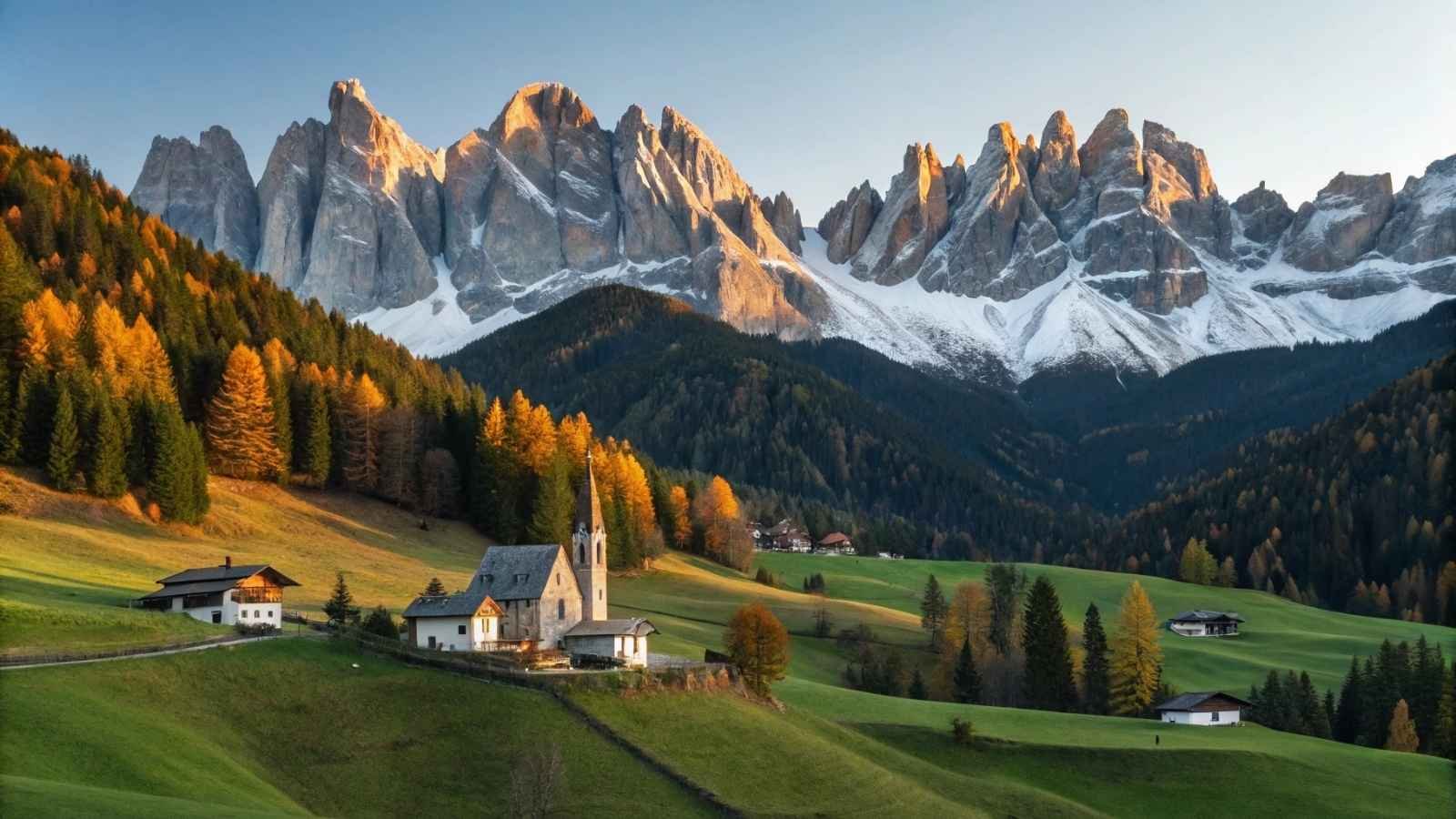
Far north, bordering Austria and Switzerland, Trentino-Alto Adige feels almost like a different country within Italy. Here, alpine peaks rise above glacial lakes, and the culture mixes Italian warmth with Germanic precision. You’ll hear both Italian and German spoken, and menus shift from pasta to hearty schnitzels and dumplings.
This is the region for outdoor lovers—skiing in winter, hiking in summer, and year-round fresh air. The Dolomites, a UNESCO World Heritage site, are the crown jewel. But beyond landscapes, Trentino-Alto Adige is famous for its mountain wines and apple orchards, making every meal a fresh experience.
- Best Months to Visit: June–September (hiking), December–March (ski season)
- Top Experiences: Dolomites, Lake Garda’s northern edge, alpine villages
- Cuisine Highlights: Speck (smoked ham), dumplings, mountain cheeses, crisp white wines
- Vibe: Alpine, serene, culturally blended
9. Sardinia
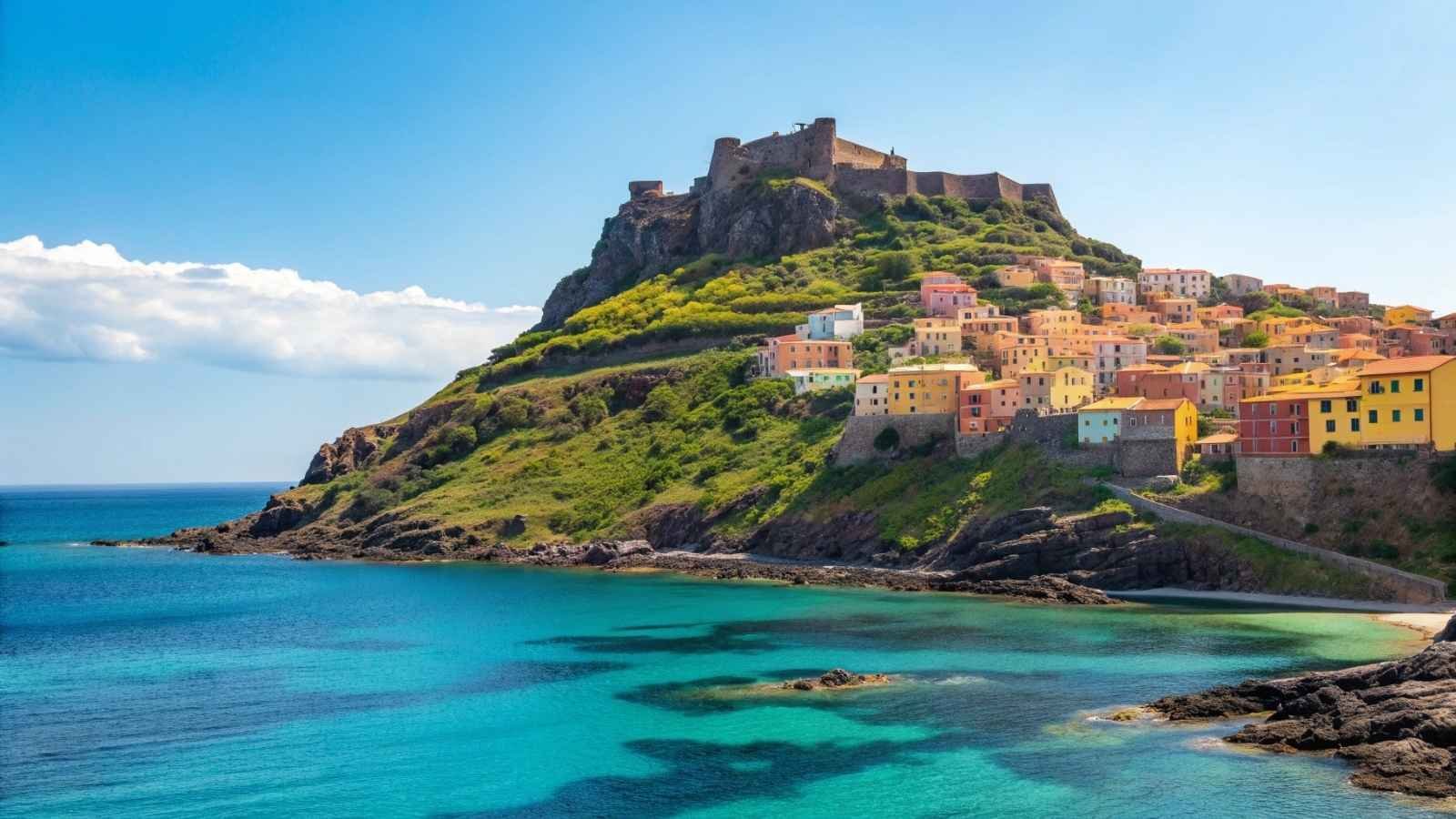
Sardinia is renowned for its rugged beauty and independence. The island has a culture and language that stand apart from mainland Italy, and its landscapes swing between glamorous beaches and wild, mountainous interiors. The Costa Smeralda glitters with turquoise waters and yachts, while the island’s interior feels untouched, dotted with nuraghe—mysterious Bronze Age stone structures.
Food here is hearty and tied to the land: roast suckling pig, sheep’s milk cheeses, and breads baked in centuries-old traditions. And while Tuscany’s wine might steal headlines, Sardinia’s Cannonau red wine is linked to longevity—the island is one of the world’s Blue Zones.
- Best Months to Visit: May–June, September (beach weather, fewer crowds)
- Top Experiences: Costa Smeralda beaches, hiking in the Gennargentu mountains, exploring nuraghe sites
- Cuisine Highlights: Porceddu (roast pig), pecorino sardo, Cannonau wine
- Vibe: Untamed, ancient, coastal-meets-mountain
10. Friuli Venezia Giulia
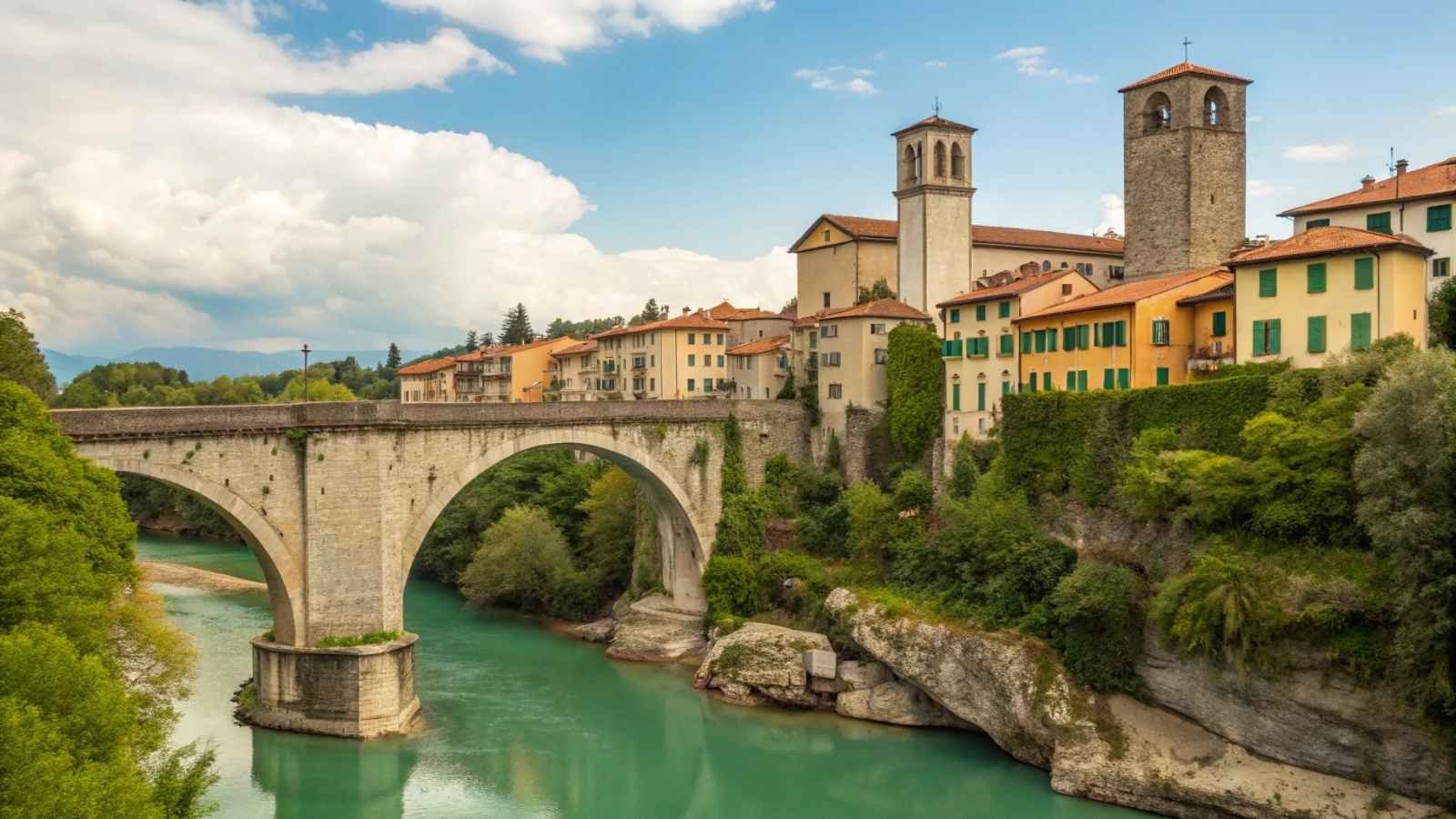
Tucked up in Italy’s northeast corner, Friuli Venezia Giulia is quietly one of Italy’s most diverse regions. Its borders with Austria and Slovenia give it a fascinating cultural mix, and you taste it in every dish and sip of wine. Think prosciutto from San Daniele, world-class white wines, and seafood from the Adriatic.
The region balances mountains, vineyards, and a gentle coastline. Trieste, its capital, feels unlike any other Italian city—shaped by Central European influences, with Viennese-style cafés and a literary soul. Friuli is often overlooked, which means fewer tourists and more authenticity for those who make the effort.
- Best Months to Visit: May–June, September–October
- Top Experiences: Trieste, San Daniele ham tasting, Dolomite foothills
- Cuisine Highlights: Prosciutto San Daniele, seafood risottos, Friulano white wines
- Vibe: Quiet, refined, culturally layered
11. Molise
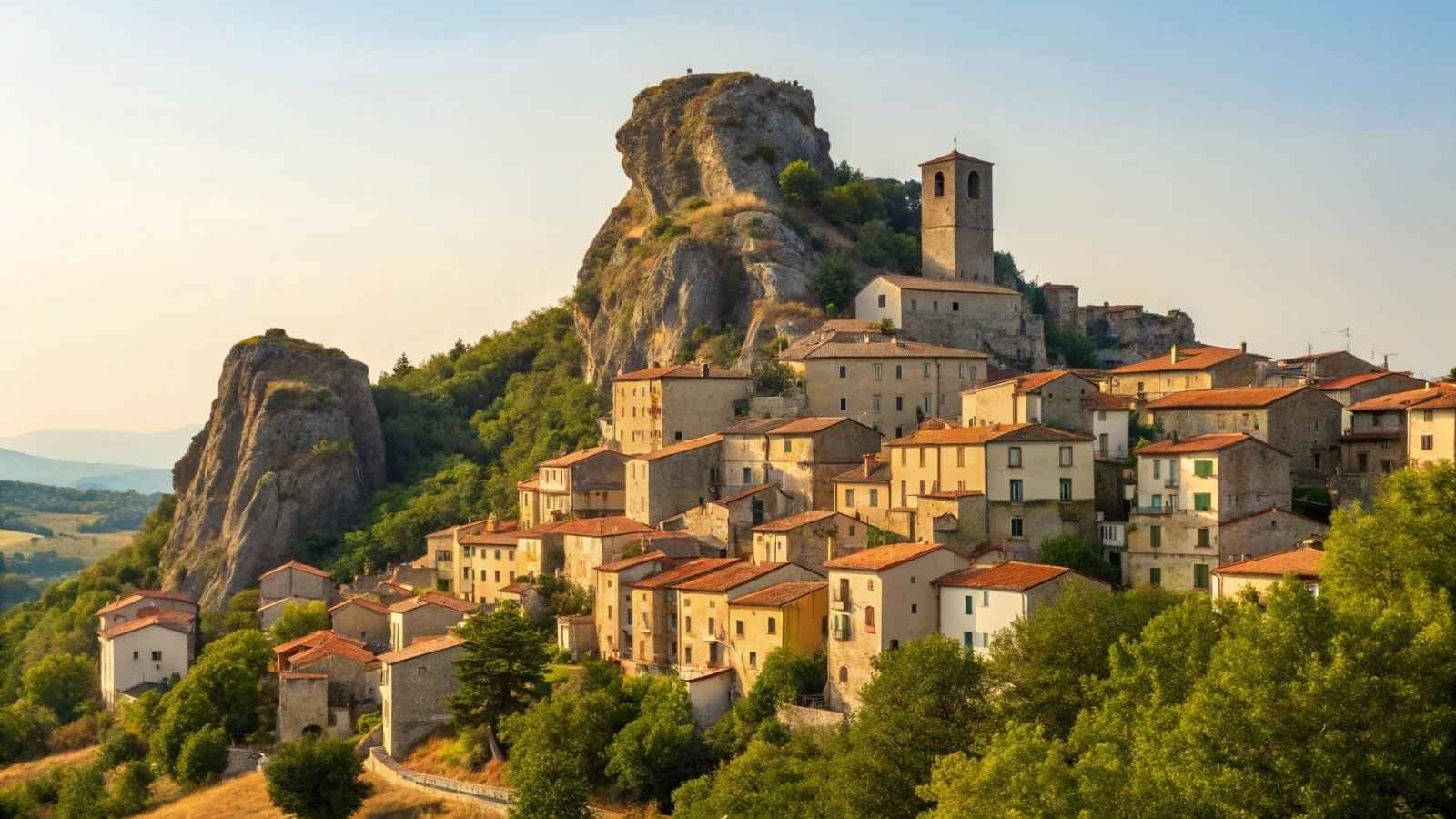
Molise is Italy’s underdog—a region that many Italians joke “doesn’t exist” because it’s so overlooked. But that’s exactly why it’s so compelling. Life here feels untouched by tourism, and the rolling hills, medieval towns, and Adriatic coastline are yours to explore without crowds.
Molise offers a slower pace of life—the kind where evenings are spent in small piazzas, where local festivals still revolve around age-old traditions, and where meals come straight from the farm. It may lack Tuscany’s grandeur, but it has something rarer: authenticity untouched by outside expectations.
- Best Months to Visit: May–June, September
- Top Experiences: Termoli’s coastline, Campobasso’s old town, mountain hiking
- Cuisine Highlights: Cavatelli pasta, sheep and goat cheeses, local wines
- Vibe: Humble, authentic, delightfully overlooked






